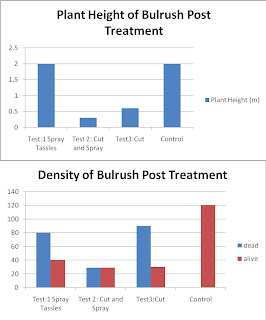Fishponds have a very large signifigance to the islands, especially to the Hawaiian culture. The type of fishpond that I am focusing on is the loko kuapa. This type of fishpond is located on the shoreline. This fishpond was used to raise food for the people to eat and to also harvest fish and other marine resources. Men and women had different roles in the construction and maintaining a fishpond. The women were not allowed to build it because they were considered as "unclean" once they reached puberty. The men would build the wall while the women would clean the fish after being cought.
 This is the Flag tail fish, also known as the Aholehole. This was considered as one of the "sea pigs" used as a substitute for pig for certain ceremonies, or for any ceremonies where pigs were not available.
This is the Flag tail fish, also known as the Aholehole. This was considered as one of the "sea pigs" used as a substitute for pig for certain ceremonies, or for any ceremonies where pigs were not available.
This is the Great barracuda, also known as the Kaku. This type of fish was eaten broiled but would not be eaten raw.
 This is Seaweed, also known as limu. This was the only thing that the women could touch and eat.
This is Seaweed, also known as limu. This was the only thing that the women could touch and eat.

This fish is the threadfish, also known as the Moi. Hawaiians beleived that this fish ate lehua blossoms, which are a deep red, and derived color from the flowers.

This is the Jack Fish, also known as the Papio. In old Hawaiian days, the women were not allowed to eat this type of fish.
This is the food web of the Loko Kuapa. First of all, you have your limu which is your primary producer, getting its energy from the sun, then you have the 'Ama'ama and the O'pae as your primary consumers, Second to last you have your Aholehole as your Secondary consumer and last, you have the Kaku as your teritiary.




 This is the Flag tail fish, also known as the Aholehole. This was considered as one of the "sea pigs" used as a substitute for pig for certain ceremonies, or for any ceremonies where pigs were not available.
This is the Flag tail fish, also known as the Aholehole. This was considered as one of the "sea pigs" used as a substitute for pig for certain ceremonies, or for any ceremonies where pigs were not available.
 This is Seaweed, also known as limu. This was the only thing that the women could touch and eat.
This is Seaweed, also known as limu. This was the only thing that the women could touch and eat.






